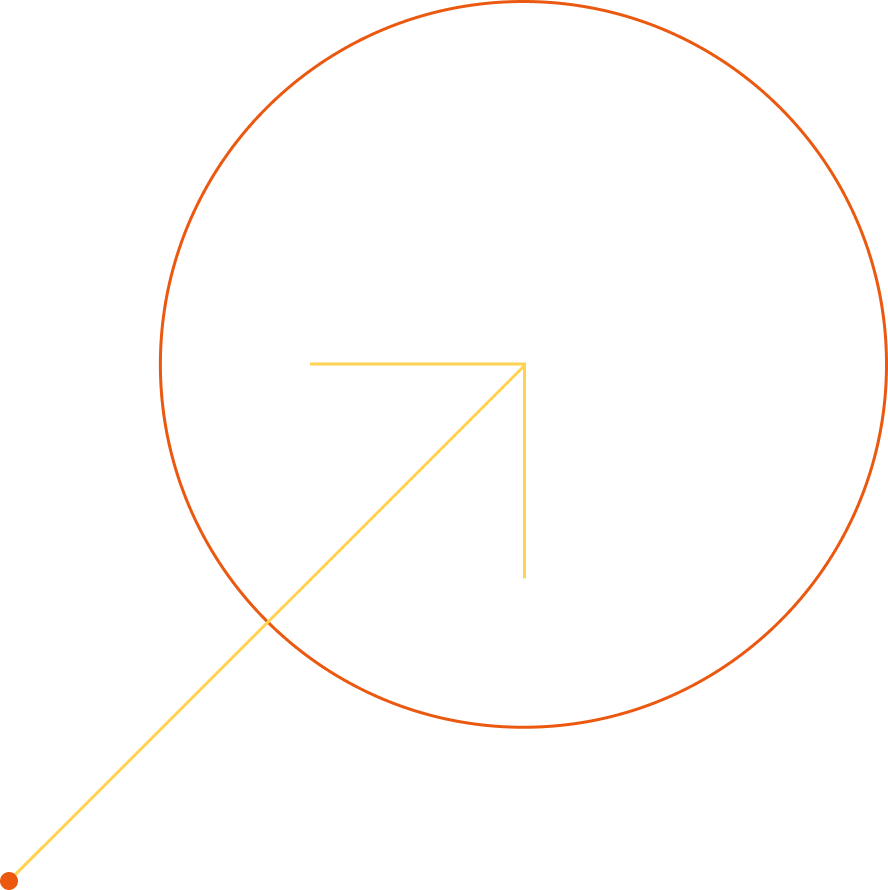
What we do / Tax /
Expertly navigated tax relief for ambitious businesses.
With you every step of the way, helping you make the most of SEIS and EIS schemes.
SEIS and EIS tax relief
Seed Enterprise Investment Schemes (SEIS) and Enterprise Investment Schemes (EIS) are some of the most valuable tax reliefs available in the UK for growth companies and their investors. With Burgess Hodgson by your side, you can be sure you don’t miss a single opportunity.
Here at every step
We’ve been growing our expertise since 1938, and have sector-leading proficiency across the SEIS and EIS schemes. So, if you’re looking for peace of mind from beginning to end, you couldn’t be in better hands.


FAQs
What is the difference between SEIS & EIS?
Both Seed Enterprise Investment Schemes (SEIS) and Enterprise Investment Schemes (EIS) work using similar principles. SEIS is intended for very early stage companies – those less than 3 years old and with gross assets of less than £350,000 before investment. EIS can be used for larger companies with gross assets of up to £15 million before investment.
What are the tax reliefs available for investors?
The SEIS and EIS schemes both offer generous tax breaks for investors. There are two main benefits of both schemes: the first is a tax credit based on the amount invested – a 50% credit for SEIS, and 30% for EIS. The second benefit is that shares held for more than 3 years, are completely exempt from Capital Gains Tax.
What is the SEIS/EIS process?
While not compulsory, we would always recommend you get HMRC Advance Assurance first. This is prior approval from HMRC that the company meets the required criteria to issue SEIS/EIS shares.
After investment is made, a SEIS/EIS Compliance Statement is then submitted to HMRC. Assuming everything is in order, HMRC will then authorise the company to issue SEIS 3/EIS 3 certificates to the investors.
How do the investors claim SEIS/EIS tax relief?
In most cases, investors claim by submitting their own personal tax returns, including the details of any SEIS/EIS investments. The tax relief can be claimed in either the same tax year the investment was made, in the previous tax year, or a combination of the two.
It is important to note that SEIS/EIS relief is a credit against tax paid. So if an investor hasn’t paid enough tax, they may not get full tax relief.
What else should I know about SEIS/EIS?
The SEIS and EIS schemes can be complex to navigate, with numerous conditions which need to be met in order to qualify. In many cases, these conditions need to be met for three years after the initial investment is made, and changes during this period can invalidate the original SEIS or EIS position – so careful review is needed.
We’ve helped hundreds of clients navigate the SEIS and EIS process with ease. Talk to us today to discuss your needs.
